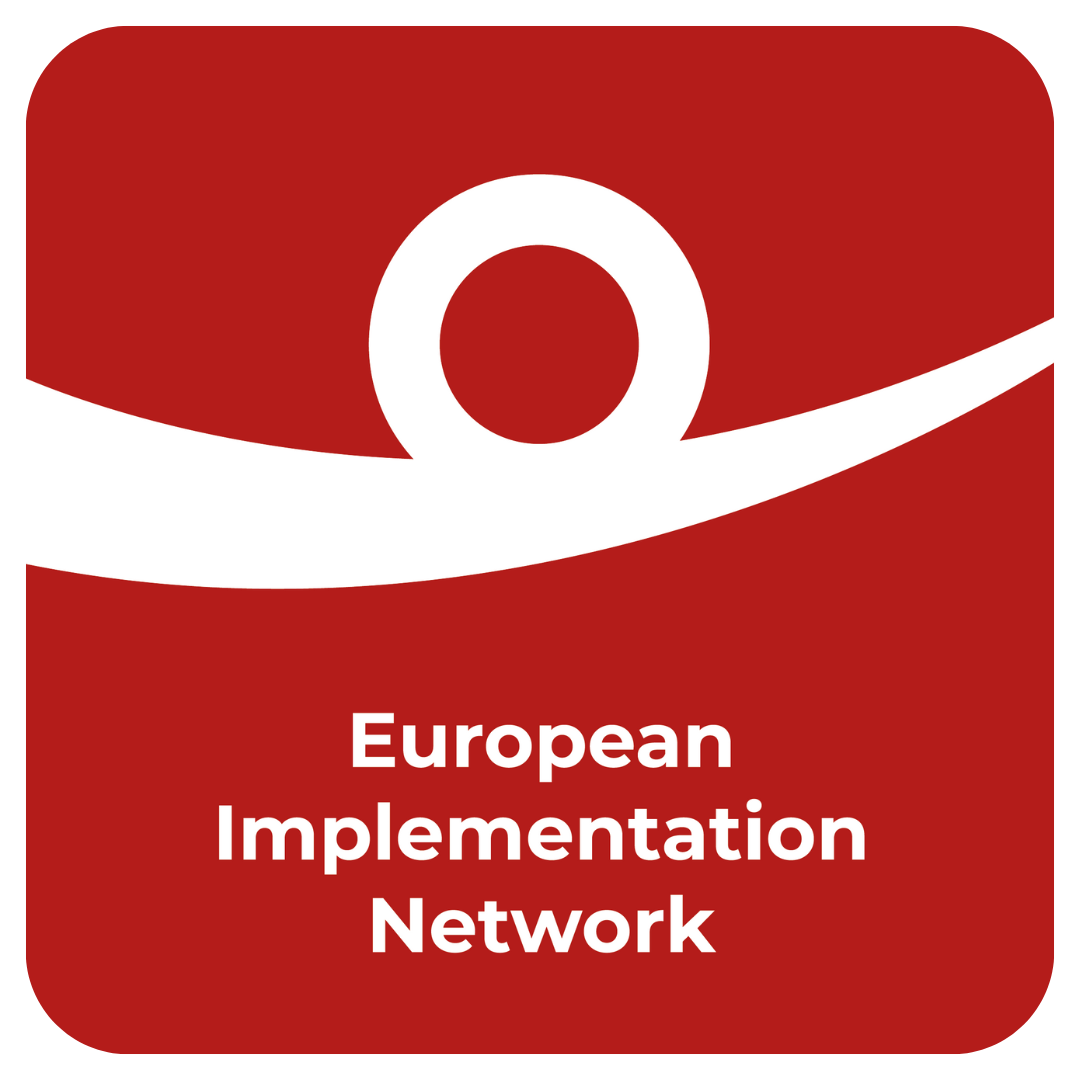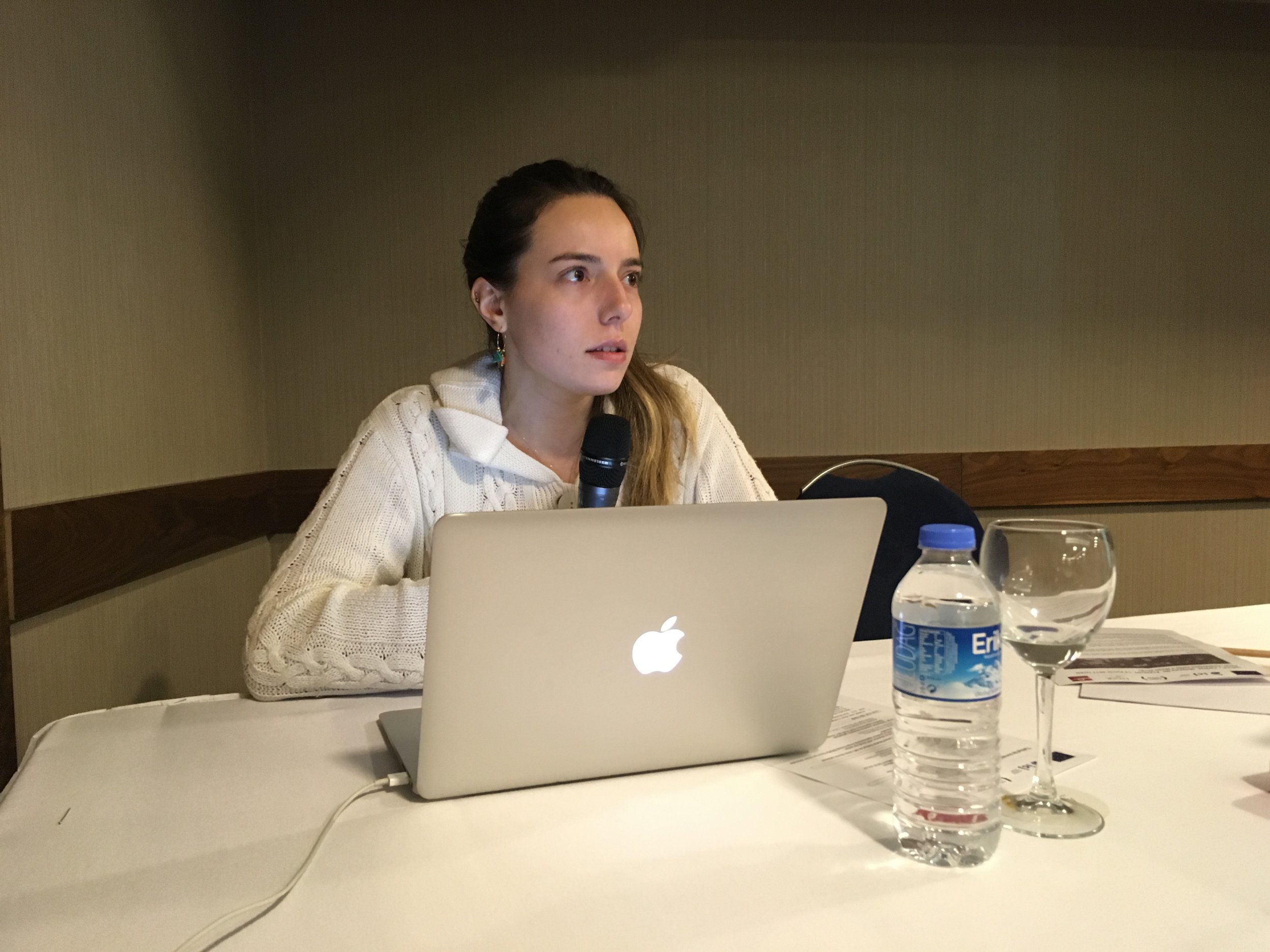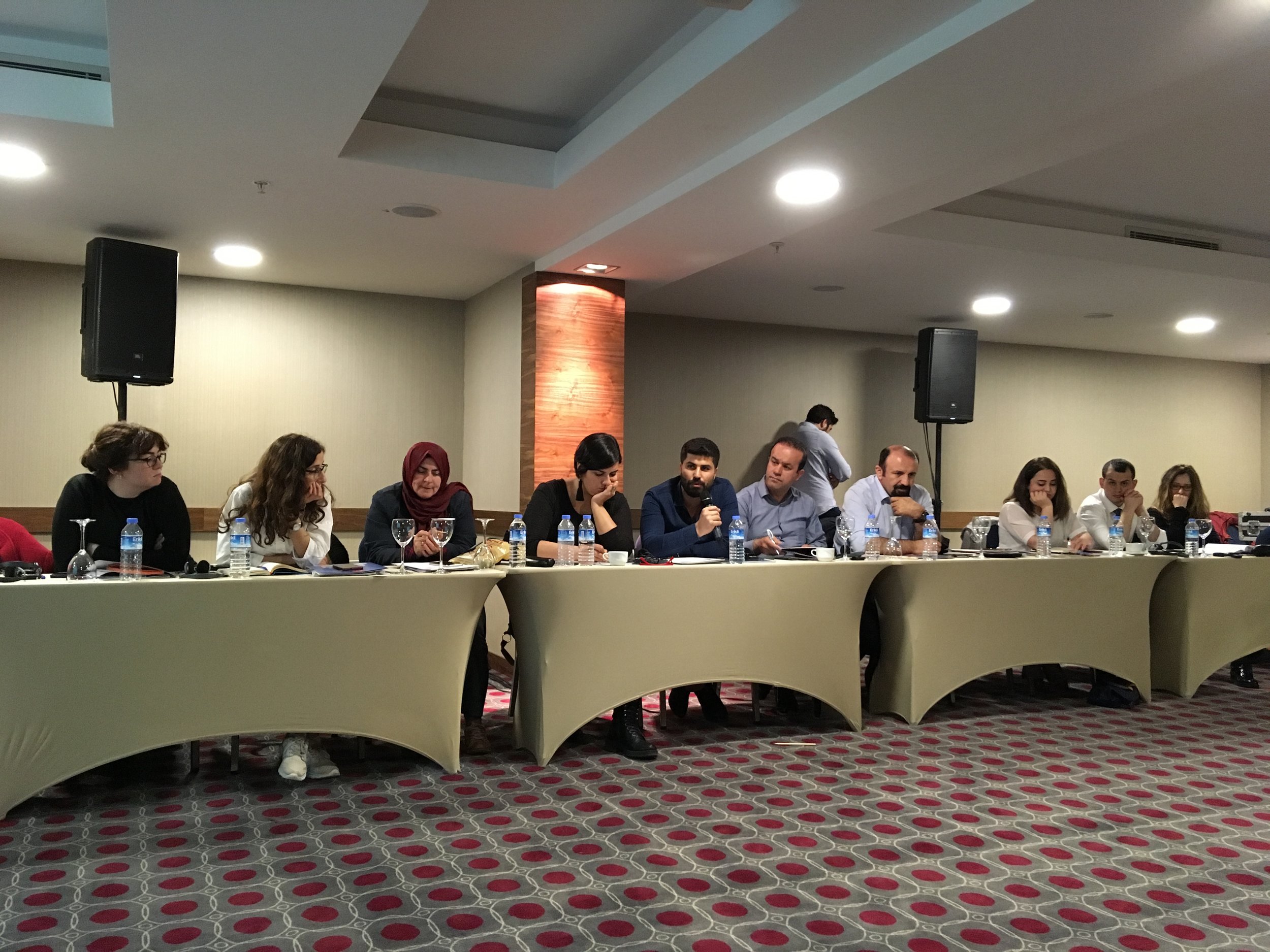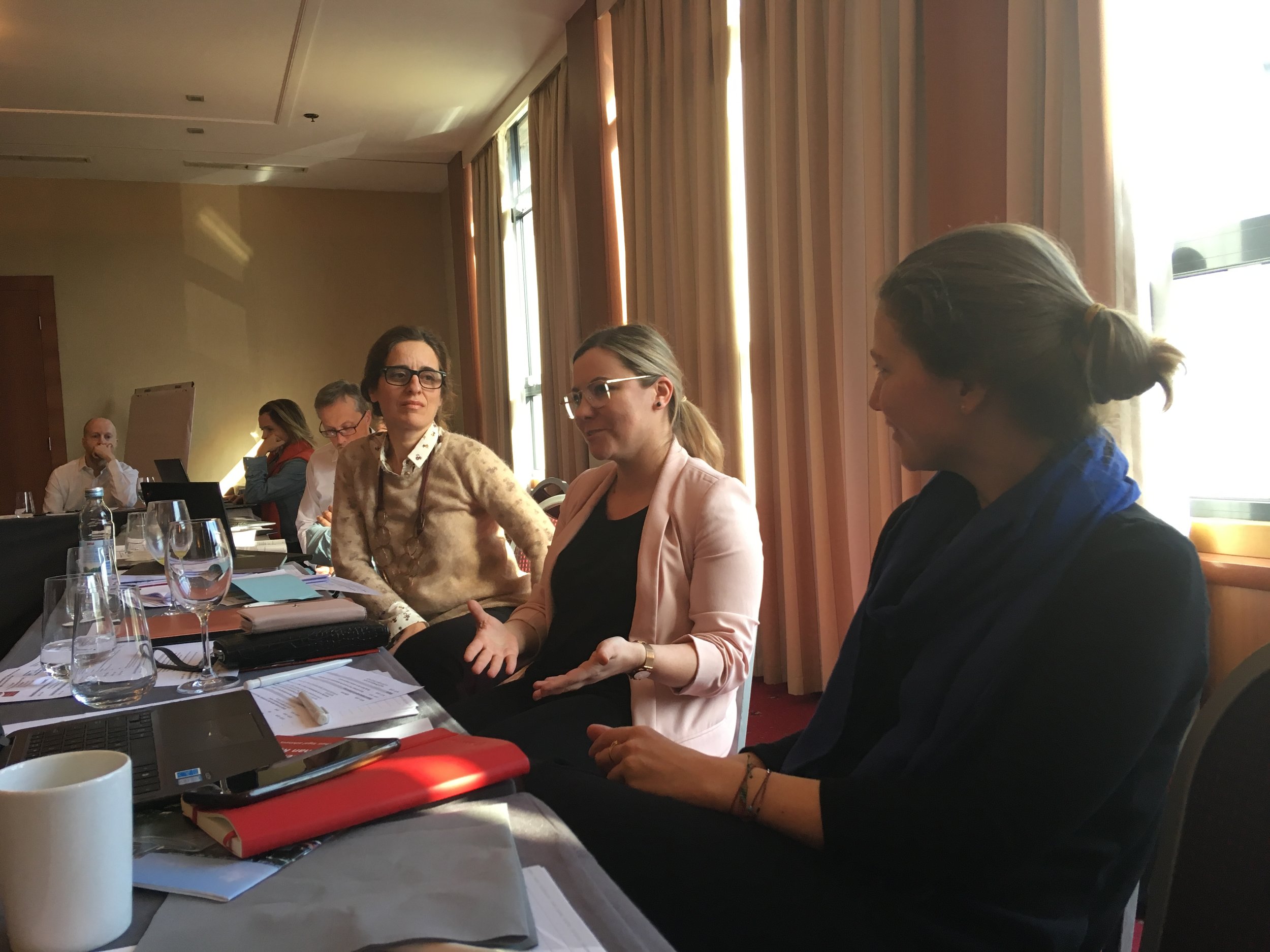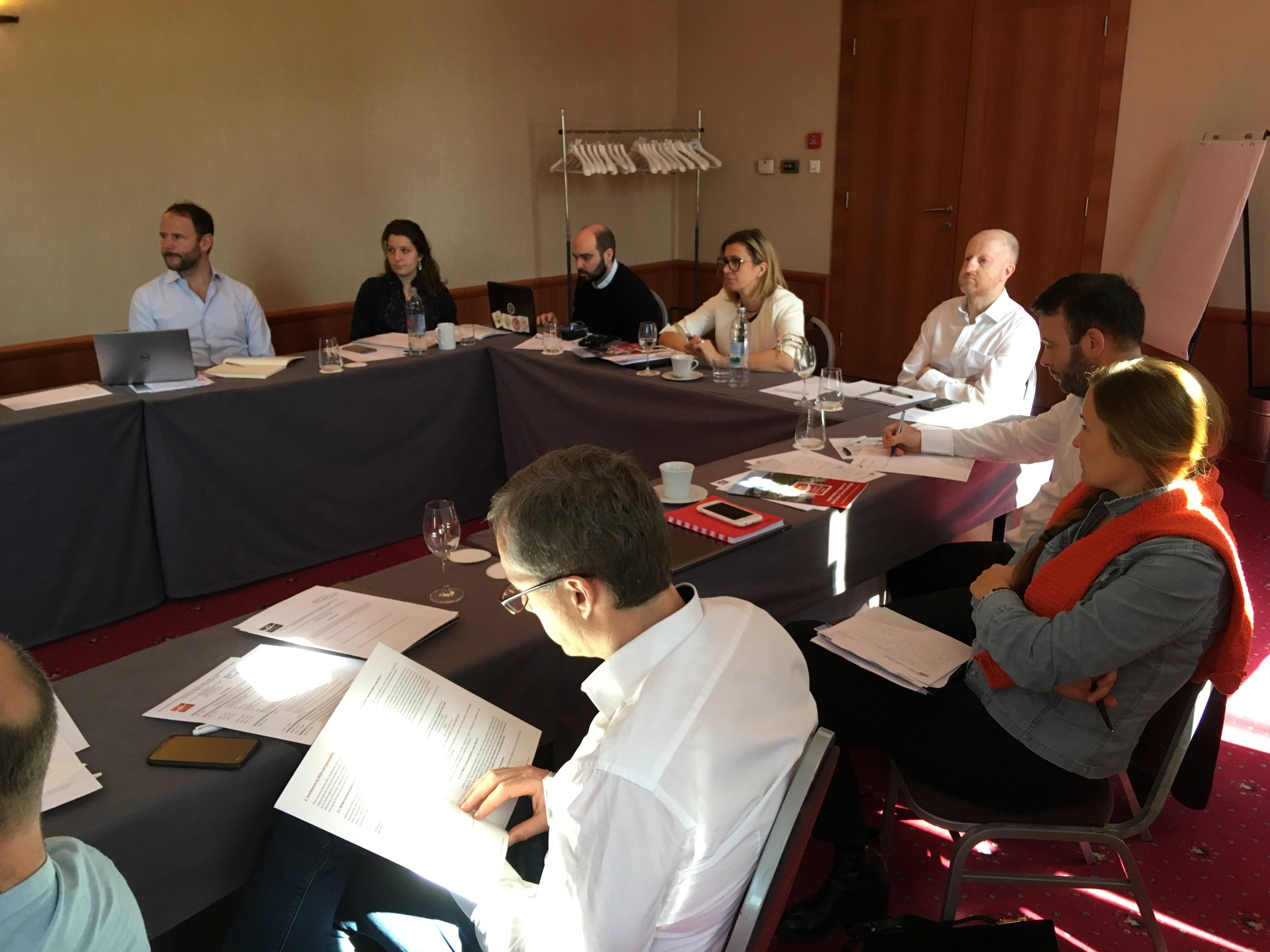EIN’s latest training on Rule 9 submissions
/EIN and DEJ train young lawyers from Armenia, Georgia and Ukraine on ECtHR judgment implementation
Can you get a good grasp of how NGOs can promote the implementation of judgments of the European Court of Human Rights (ECtHR, ‘the Court’) in just two hours? Feedback from EIN’s latest capacity-building event suggests that you can!
Photo: EIN
The European Implementation Network (EIN) had the pleasure of welcoming young lawyers from Armenia, Georgia and Ukraine on 9 July, and introduce them to the process of implementation, or ‘execution’, of ECtHR judgments. The participants had been brought to Strasbourg by EIN’s member organisation, the European Human Rights Advocacy Centre (EHRAC), as part of EHRAC’s annual Legal Skills Development Programme (LSDP). Aside from learning about implementation, their programme saw the participants meet with Judges from the Court, Registry lawyers and staff of the Department for the Execution of the Judgments of the European Court of Human Rights (DEJ) to talk about the cases that they are litigating or that they already won in Strasbourg. For the first time, the LSDP also comprised a session dedicated specifically to the Committee of Ministers’ (CM) judgment execution process and ways for NGOs to get involved in it – through Rule 9 submissions and domestic advocacy.
During the two-hour training, the participants heard presentations from Clare Brown, Head of Section within the DEJ, and Anne-Katrin Speck, EIN Co-Director. They were introduced to the key elements of the CM’s supervision of the execution of judgments:
· The role of the CM and of the DEJ
· Individual measures v. general measures
· The grouping of cases into leading and repetitive cases
· Action Plans v. Action Reports
· Classification of cases: enhanced v. standard supervision
· Timetable and when best to submit your Rule 9
Source: Council of Europe website
Anne and Clare both stressed the value of NGO submissions to the CM. They are an important means to ‘set the record straight’ where government submissions are inadequate or misleading. They can provide up-to-date information from the ground that the DEJ, with its limited capacity to conduct its own fact-finding and research, might not otherwise be aware of. And it can help trigger a response from the authorities where they might not otherwise have addressed specific issues.
Anne and Clare also shared important tips for ensuring maximum possible impact of submissions to the CM. These are to do with the structure and length of submissions, timing, the types of evidence to be submitted, how best to respond to a government Action Plan or Action Report, and the inclusion of procedural recommendations. They also highlighted the importance of combining Strasbourg and domestic level advocacy, starting early to develop general measures of implementation and, where possible, reaching out to the authorities with a view to influencing the design of the remedies.
Photo: EIN
The introductory training confirmed once more that implementation of ECtHR judgments and its supervision by the CM is a complex process, but understanding it is not rocket science. If you, too, want to know how you can promote information by submitting information from the ground to the CM, consult EIN’s Handbook for NGOs, injured parties and their legal advisers, or get in touch with us directly.
EIN is grateful to Jessica Gavron, Kate Levine and Andrii Gladun from EHRAC for reaching out to EIN and making this training possible. Many thanks as well to Clare Brown from the DEJ, whose insider’s view helped the participants understand the intricacies of the implementation process, and how they can best influence the trajectory of a case before the Committee of Ministers.
